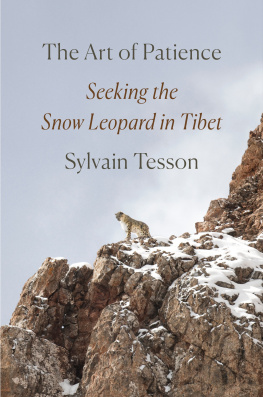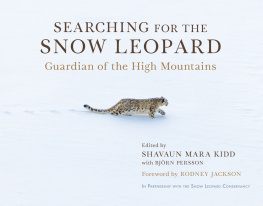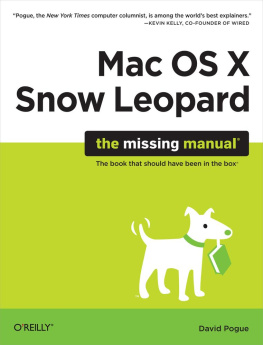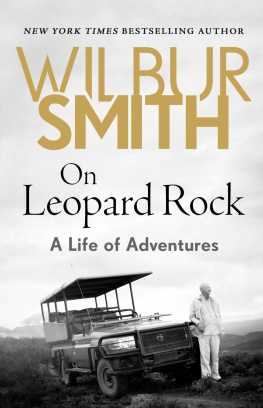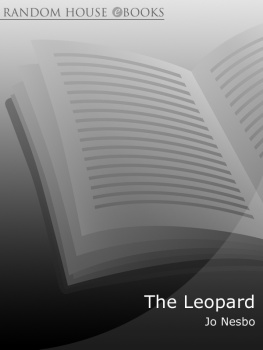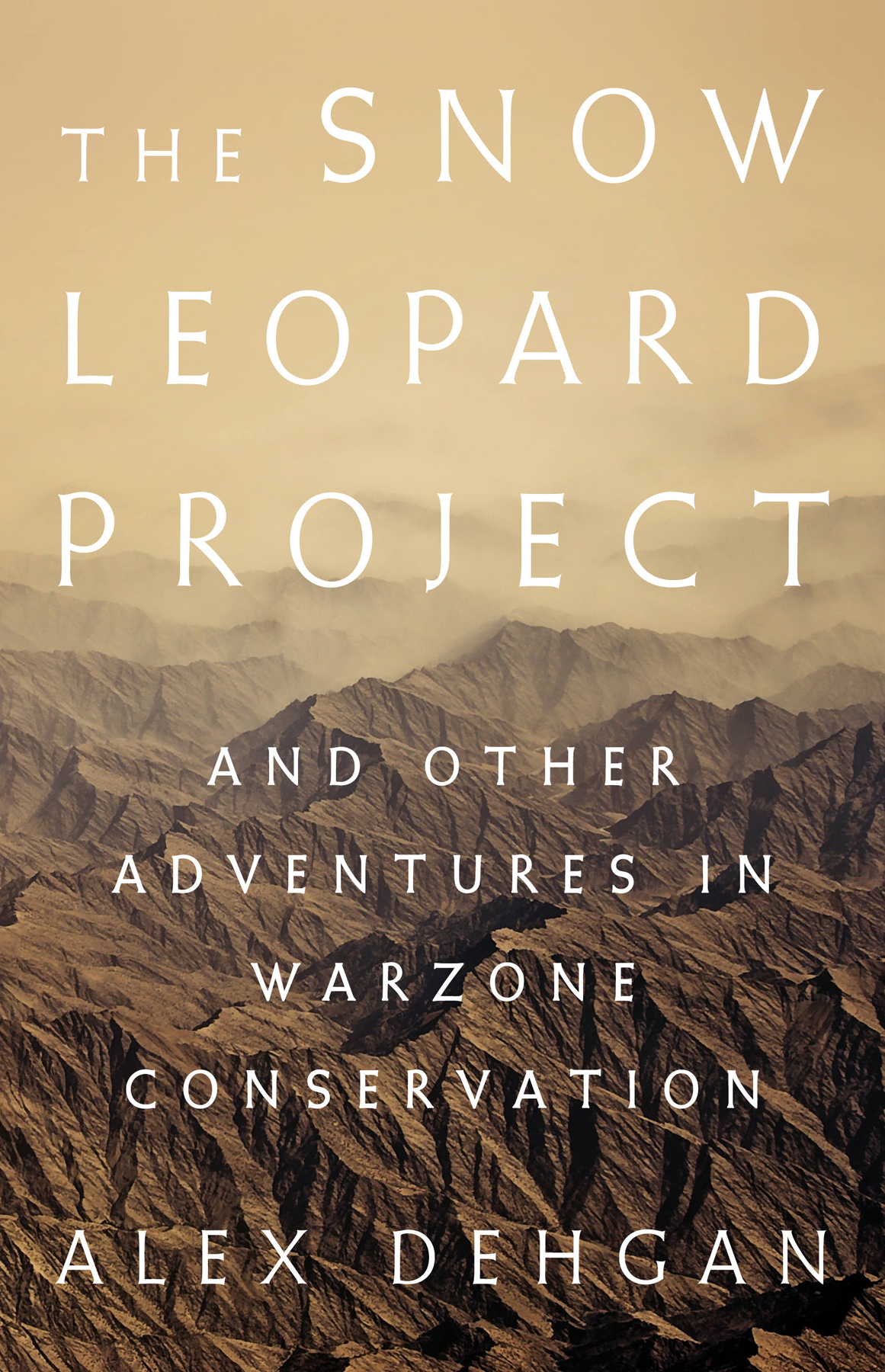Copyright 2019 by Alex Dehgan
Cover design by Pete Garceau
Cover photograph Paul Biris/Getty Images
Hachette Book Group supports the right to free expression and the value of copyright. The purpose of copyright is to encourage writers and artists to produce the creative works that enrich our culture.
The scanning, uploading, and distribution of this book without permission is a theft of the authors intellectual property. If you would like permission to use material from the book (other than for review purposes), please contact permissions@hbgusa.com. Thank you for your support of the authors rights.
PublicAffairs
Hachette Book Group
1290 Avenue of the Americas, New York, NY 10104
www.publicaffairsbooks.com
@Public_Affairs
First Edition: January 2019
Published by PublicAffairs, an imprint of Perseus Books, LLC, a subsidiary of Hachette Book Group, Inc. The PublicAffairs name and logo is a trademark of the Hachette Book Group.
The publisher is not responsible for websites (or their content) that are not owned by the publisher.
Library of Congress Cataloging-in-Publication Data
Names: Dehgan, Alex, author.
Title: The snow leopard project: and other adventures in warzone conservation / Alex Dehgan.
Description: First edition. | New York: PublicAffairs, 2019. | Includes bibliographical references and index.
Identifiers: LCCN 2018029065| ISBN 9781610396950 (hardcover) | ISBN 9781610396967 (ebook)
Subjects: LCSH: Wildlife recoveryAfghanistan. | Snow leopardConservationAfghanistan. | Wildlife conservationAfghanistan. | National parks and reservesAfghanistan. | WarEnvironmental aspectsAfghanistan. | NatureEffect of human beings on. | Afghan War, 2001
Classification: LCC QH76.5.A3 D44 2019 | DDC 333.95/9755509581dc23
LC record available at https://lccn.loc.gov/2018029065
ISBNs: 978-1-61039-695-0 (hardcover); 978-1-61039-696-7 (ebook)
E3-20181201-JV-NF-ORI
To Peter Zahler and Pat Wright, who gave me inspiration and taught me dedication,
To my parents, who gifted me with great opportunity, and boundless love & support,
And to Kara, Fynn, & Cylus, who inspired me to be better for them and for the world.
FROM MADAGASCAR TO AFGHANISTAN (WITH A STOP IN BAGHDAD)
A cool mist hung low over the dense reeds as I peered through my scope. Kol-e-Hashmat Khan, a wetland area on the outskirts of Kabul, was once the hunting grounds of Mohammed Zahir Shah, the last king of Afghanistan. Converted in the 1930s by the king into a waterfowl reserve, its name translates as the lake of the dignified leader. Prior to the Russian invasion in 1979, over 150 species of migratory birds were recorded at the wetland, and it had supported as many as 35,000 waterfowl. Kol-e-Hashmat Khan had long represented an important stopover for one of the planets great bird migrations between Africa, South Asia, and Eurasia. It was an oasis for birds in the middle of traveling across a vast dry region, and it was also an oasis in the middle of Kabul. But the sprawling capital, particularly after the abdication of the king, suffering through three decades of war, and with the flood of refugees returning to Afghanistan and moving to Kabul, was quickly encroaching.
Today, areas on the edge of the lake are thickly settledlumberyards, car repair shops, butchers, and houses have crept right up to the water. The small wetland, just 200 hectares (494 acres), lies just south of Kabul, and coming across it is a jarring transition from the dusty, clogged traffic of Logar Road to the serene wetland populated with hundreds of birds just behind a metal gate. A simple, crumbling concrete observation tower stands at the edge of the lake, and King Zahir Shahs steel rowboat, which he used for hunting waterfowl, is still tied up to the shore.
I came to Kol-e-Hashmat Khan in 2006 to start building the Afghanistan Biodiversity Conservation Program with the Wildlife Conservation Society in New York (better known as the Bronx Zoo). I was at the wetlands on that day as part of an effort to monitor the number and diversity of waterfowl, and I wasnt expecting any company other than the birds. But as I peered through the spotting scope, the crunching of footsteps on the reeds broke the silence of the marsh. A young Afghan man in the traditional loose-fitting clothing of the Pashtuns, a shalwar kameez and a turban, approached me from behind. I was immediately uneasy. We were far out in the park. I was armed only with my scope, binoculars, and field notebooks. Usually, I did this kind of work with a partner, but today, I was alone. We were shorthanded, so my driver had to help our other projects, and my Afghan ornithologist, Naqib, was away on expedition. I looked up from the scope and turned to greet the young man.
Sobh-be kheir. (Good morning.)
His only response was a dark glare. We stared at each other for a long while before he askedfirst in Pashto, which I didnt understand or speak, and then DariWhat are you doing?
I explained to him I was counting birds, part of my work of understanding what happened to Afghan wildlife.
I am a Talib, he announced. Talib as in a member of the Taliban. He sat back and watched for my reaction.
I looked at him for a moment, shrugged, and turned back to my scope.
He stood silently behind me, and I did my best to ignore him. I nervously counted ferruginous pochards, Jacanas, tufted ducks, shovelers, and multitudes of coots floating between the reeds, unsure of what he would do. After a few minutes conducting my awkward survey, I gestured for him to come over and look through the scope.
He looked at me first warily and then, his curiosity getting the better of him, approached and peered through the eyepiece as I showed him how to adjust it. After a few minutes, he turned his head to me and smiled and then peered into the scope again. Before long, I was showing him how to type birds and their names. As we scanned the reeds, I felt the surreality of the moment sink in. How had I found myself bird-watching with the Taliban?
T HIS BOOK CHRONICLES the long, strange path that led me, and other conservationists, into some of the worlds most dangerous places, all in the service of conservation. In particular, it lays out the story of conservation in postwar Afghanistan, a country that had become nearly a blank slate for conservation. There was a chance, after nearly thirty years of conflict, to start over, to create new and unique protected areas, and the laws, policies, and institutions that protected them, from scratch. This was a country where exploration was still possible and where the unknown had not been exhausted but in fact was refilled.
If we were successful, these would be the first national parks in Afghanistans history. Afghanistan had come close in 1979 in creating the parks, but that effort was interrupted by the Russian invasion. The country had to wait nearly three decades to try again. But this time, we were starting from scratchthe ecosystems and their flora and fauna had been devastated by the war, and we didnt know what we would find and whether what was left was even worth saving. And there was a bigger question: When the country faced so many other challenges, why should we care about a few snow leopards and big mountain sheep?
We would be founding a start-up in the middle of a post-conflict war zone, and we had a singular window, before Afghanistan imploded again, to take advantage of the relative peace and safety, to accomplish our goals for the country. However, this meant that we would need to build everything from the ground up and get ourselves out into the field in thirty days. The project, funded by the US Agency for International Development (USAID), was under tremendous pressure to show results, and as a result, almost immediately we would have international staff coming into Kabul and starting on our initial surveys. This required a fast start-up. We would need to learn how to deal with the complexities of Afghan society and government bureaucracy, navigate remote terrains, and create the infrastructure, security, and logistics behind the entire project.


